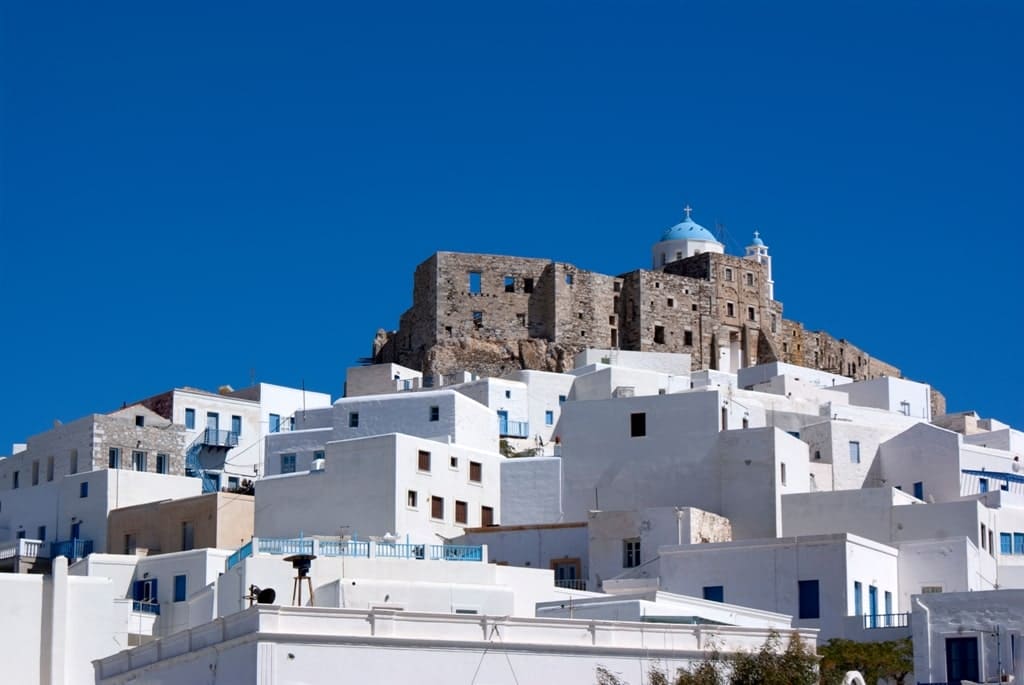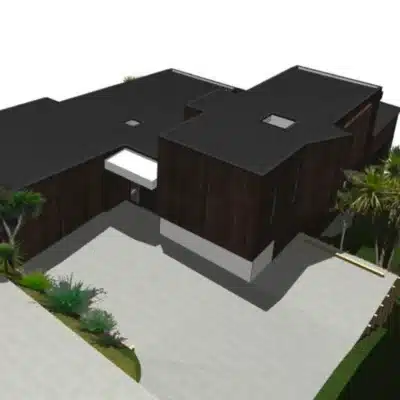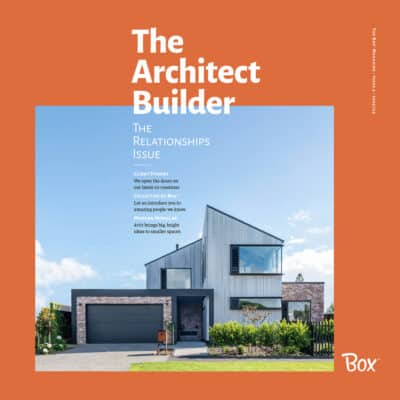Cool ways to be more planet-friendly
What got us fired up:
It’s hard not to feel weighed down, if not a little depressed, at the findings of the recent IPCC report. The scientists’ verdict that climate change is rapid, widespread and intensifying has sobering ramifications for us all. And it’s not just cows we need to focus on. According to BRANZ (the Building Research Association of New Zealand), buildings are directly and indirectly responsible for up to 20% of New Zealand’s greenhouse gas emissions. Additionally, a study conducted at Massey University showed the average new Kiwi home was emitting five times more carbon than is necessary if we are to limit global warming and meet our obligation to the Paris Climate Accord. Committing to a carbon-zero future is imperative but how do we persuade home builders to buy into (literally) the changes it will take? On a global scale, we here in Aotearoa at least do something right: we use far more timber (a carbon sink) and far fewer bricks. But we could still do more. Researchers emphasise that when it comes to home construction, the biggest win for the planet would be to build smaller. It’s what we’ve been advising our clients all along. We would add smarter. In the not-too-distant future, architectural design tools will be able to quantify the carbon spend in materials used. There will also be a target ‘carbon budget’ – a set number that means the project comes in below the requirements to slow global warming. Given a real-life figure to focus on might help us feel less overwhelmed at the enormity of the task that lies ahead.
What inspired us:
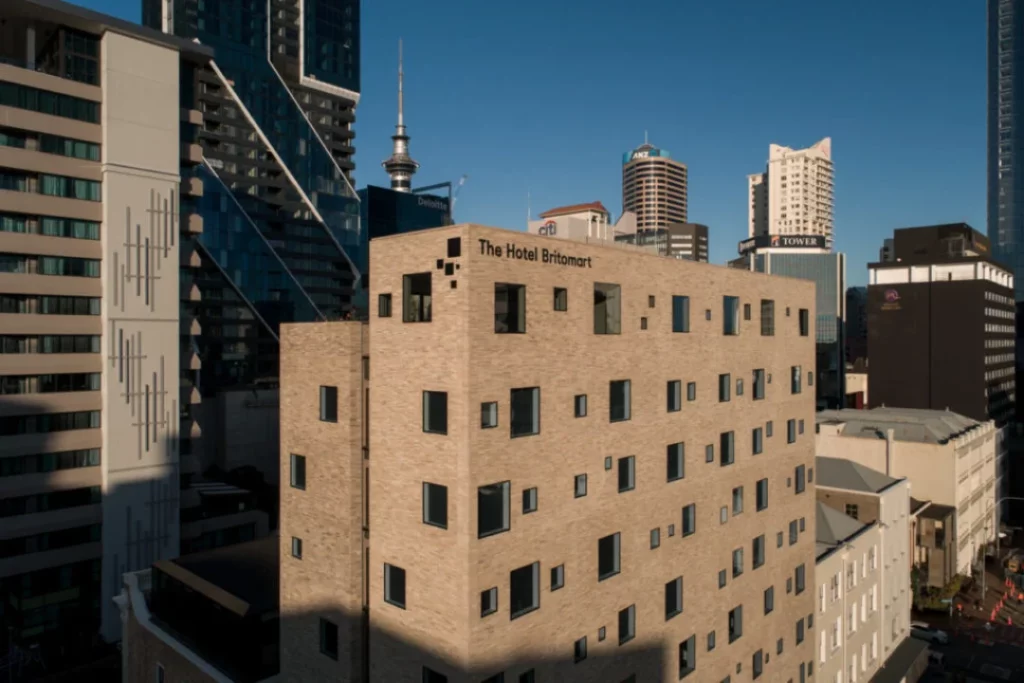
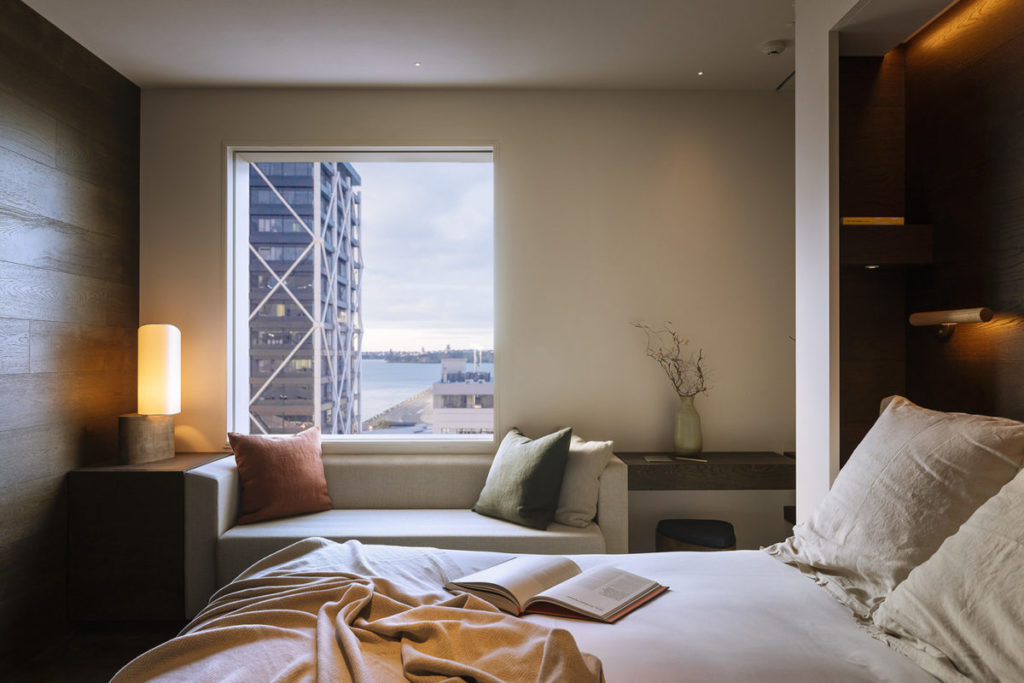
On a brighter note, it looks as though next year the window of opportunity to travel further afield than our own backyard will be opening up. Until then, design lovers might like to book a staycation at Auckland’s The Hotel Britomart. If you don’t visit that area of town much, you may be a little taken aback by the new 10-storey hotel with its full-brick façade. Those bricks are hand-made, honey-toned, slender and textural and give the development a real stand-out presence. The windows are crisp squares that punctuate the façade of two towers that seem to float on top of a glass box. It all feels very contemporary surrounded as it is by buildings that are almost 150 years older. Designed by Cheshire Architects, the hotel doesn’t contain a spa, any retail or even restaurants – just rooms, all exquisitely formed. 2021 has already been a long haul and we think you deserve a spell in this urban retreat. Don’t be expecting huge spaces (unless you book one of the penthouses of course), do expect to see craft and detail in timber-lined walls, built-in sofas and handmade ceramics. You’ll feel like you’re part of a city that’s ever-so chic and grown up. Even if you can’t stay, here’s a tip – go for dinner at Ghost Street (the food is modern Chinese fusion) which is in a hard-to-find basement pretty much on the hotel’s doorstep and, while you’re there, take a sneaky peak inside the foyer. Despite the bricks (see above), the hotel has been awarded a 5 Green Star Design and Build rating from the NZ Green Building Council.
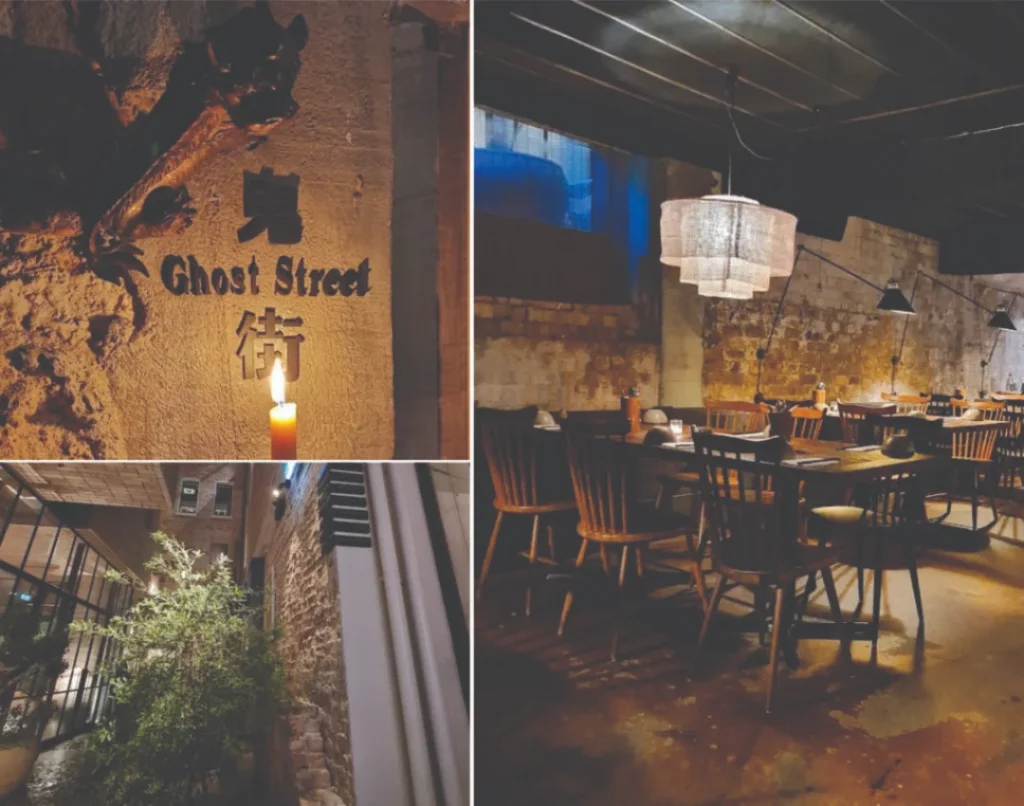
What got us thinking:
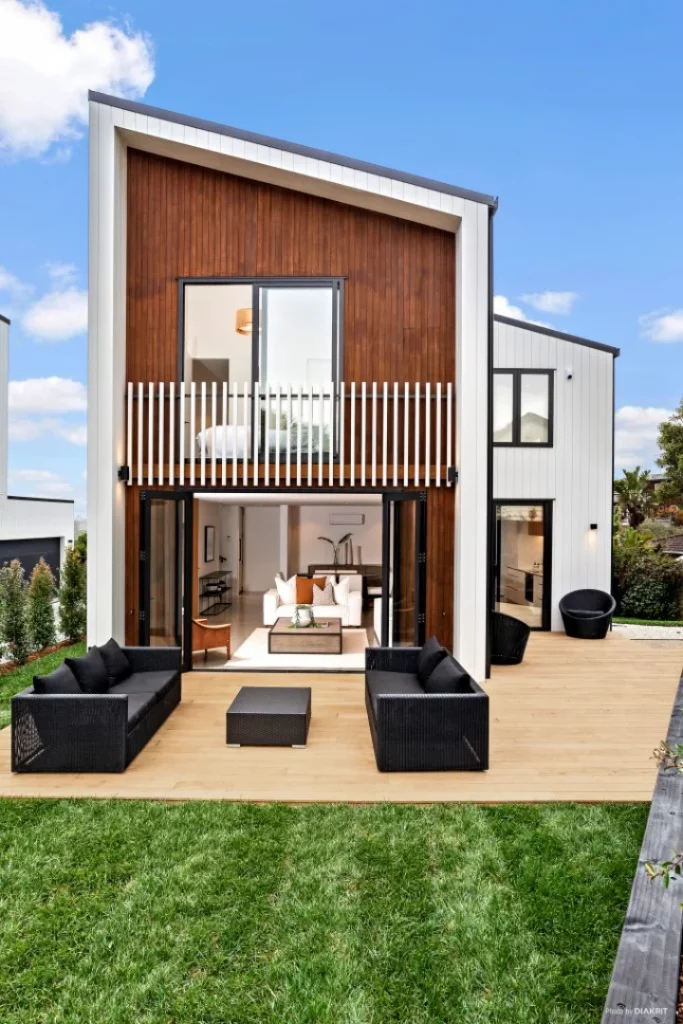
Followers of our Design Bites section might remember us pondering Vantablack, one of the blackest blacks ever invented (read about it here, https://box.co.nz/design-bites-june/). Now it’s time to flip the coin and wonder about white. Here’s the deal. Apparently, the planet’s naturally white surfaces such as the Antarctic and Arctic ice, salt flats and even the billowy clouds, bounce sunlight back into space, helping to keep the Earth just a tad cooler. It’s called the albedo effect and it’s yet another reason we don’t want those polar caps to melt. We all know that when we wear white, we feel cooler in the sun than if we head out into the heat robed in black. Scientists are now suggesting that painting buildings white could be another tool in the arsenal against climate change. The romantic white buildings in Greece are painted with a gypsum coating to keep their cool – those Europeans have always known about the albedo effect it seems – but paint containing barium sulfate is even better at deflecting the heat. An acrylic paint that is the whitest white yet has been developed in the US, with a solar-reflective quality of 98%. Perhaps it’s time we considered abandoning our love affair with dark-stained cladding in New Zealand and do our bit to take the heat off?
